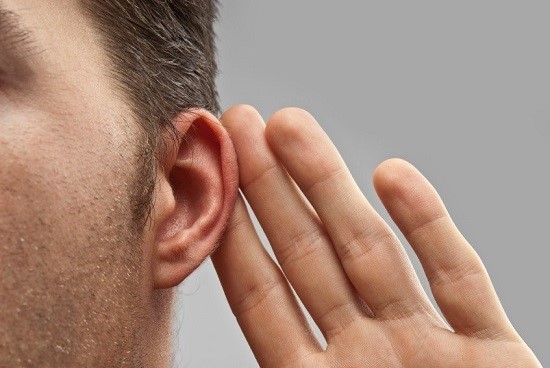
To state that hearing loss is prevalent is a bit of an understatement. In the United States, 48 million people report some measure of hearing loss. That means, on average, for every five people you encounter, one will have hearing loss. And at the age of 65, it’s one out of three.
With odds like that, how can you avoid becoming one of those five?
To help you understand how to conserve healthy hearing all through your life, we’ll take a look at the causes and types of hearing loss in this week’s article.
How Healthy Hearing Works
Hearing loss is the disturbance of normal hearing, so a good place to get started is with a familiarity of how normal hearing is intended to work.
You can think of normal hearing as composed of three primary processes:
- The physical and mechanical conduction of sound waves. Sound waves are produced in the environment and propel through the air, like ripples in a pond, ultimately making their way to the external ear, through the ear canal, and ultimately hitting the eardrum. The vibrations from the eardrum are subsequently transferred to the middle ear bones, which then trigger the tiny nerve cells of the cochlea, the snail-shaped organ of the inner ear.
- The electrical conduction from the inner ear to the brain. The cochlea, once stimulated, converts the vibrations into electrical impulses that are sent via the auditory nerve to the brain.
- The perception of sound in the brain. The brain perceives the electrochemical signal as sound.
What’s fascinating is that what we perceive as sound is nothing more than sound waves, oscillations, electric current, and chemical reactions. It’s a fully physical process that leads to the emergence of perception.
The Three Ways Normal Hearing Can Go Wrong
There are three main types of hearing loss, each interfering with some factor of the normal hearing process:
- Conductive hearing loss
- Sensorineural hearing loss
- Mixed hearing loss (a mixture of conductive and sensorineural)
Let’s take a look at the first two, including the causes and treatment of each.
Conductive Hearing Loss
Conductive hearing loss inhibits the physical and mechanical conduction of sound waves to the inner ear and cochlea. This is a result of anything that obstructs conduction.
Examples include malformations of the outer ear, foreign objects inside of the ear canal, fluid from ear infections, pierced eardrums, impacted earwax, and benign tumors, among other causes.
Treatment of conductive hearing loss consists of extracting the obstruction, treating the infection, or surgical correction of the malformation of the outer ear, the eardrum, or the middle ear bones.
If you have conductive hearing loss, for instance from impacted earwax, you could start hearing better instantly following a professional cleaning. With the exception of the more serious types of conductive hearing loss, this type can be the fastest to treat and can restore normal hearing entirely.
Sensorineural Hearing Loss
Sensorineural hearing loss disrupts the electrical conduction of sound from the cochlea to the brain. This results from damage to either the nerve cells within the cochlea or to the auditory nerve itself.
With sensorineural hearing loss, the brain receives compromised electrical signals, limiting the volume and quality of sound.
The principal causes of sensorineural hearing loss are:
- Genetic syndromes or fetal infections
- Typical aging (presbycusis)
- Infections and traumatic accidents
- Meniere’s disease
- Cancerous growths of the inner ear
- Side effects of medication
- Abrupt exposure to exceedingly loud sounds
- Long-term subjection to loud sounds
Sensorineural hearing loss is often connected with direct exposure to loud sounds, and so can be protected against by staying away from those sounds or by safeguarding your hearing with earplugs.
This type of hearing loss is a bit more complicated to treat. There are no current surgical or medical procedures to heal the nerve cells of the inner ear. However, hearing aids and cochlear implants are very effective at taking on the amplification duties of the nerve cells, creating the perception of louder, more detailed sound.
The third type of hearing loss, mixed hearing loss, is basically some combination of conductive and sensorineural hearing loss, and is treated accordingly.
If you have any trouble hearing, or if you have any ear pain or dizziness, it’s best to talk to your physician or hearing professional right away. In nearly every case of hearing loss, you’ll get the greatest results the sooner you take care of the underlying problem.






